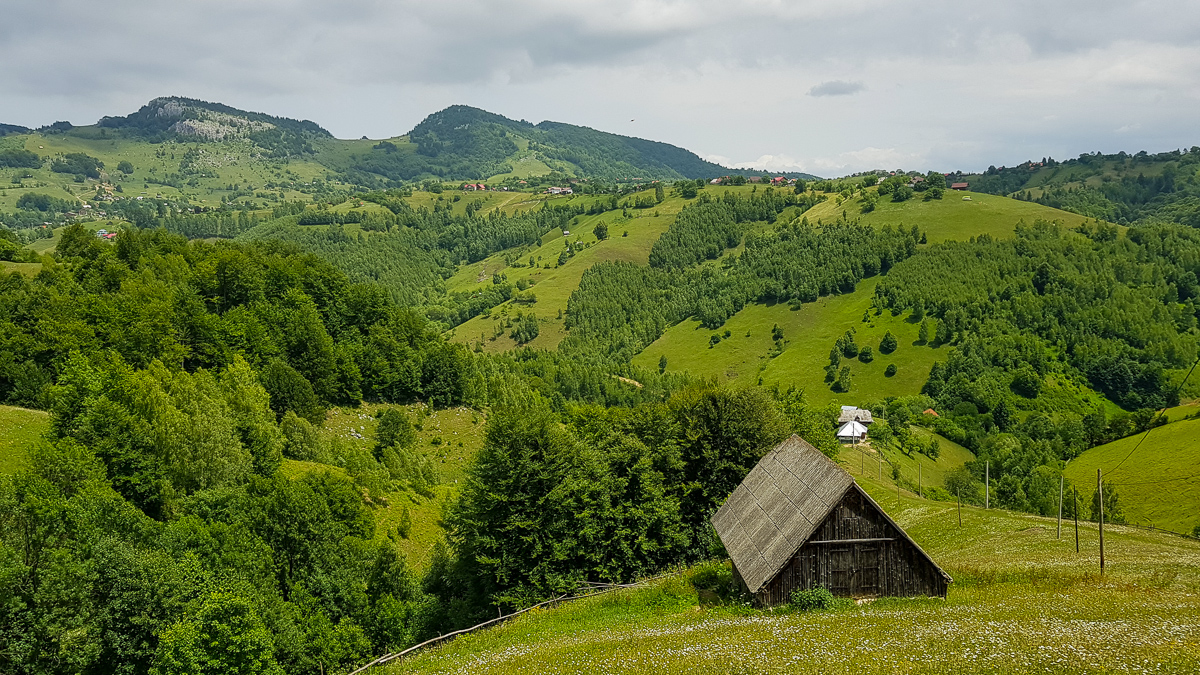
If you’re tired of the city noise and all you want is to have some quiet days, surrounded by gorgeous mountain landscapes but not being completely isolated from civilization, the solution is simple. Mountain villages in Romania are full of traditions and impress by color, culture and the simplicity of locals. In addition, if you’re the type of person who loves being active and spending a lot of time outdoors, you can take your bike with you and you’ll have twice the fun.
Sirnea village
The Sirnea mountain village has been declared the first tourist village in Romania, since 1960 and it belongs to Fundata commune. Situated at the foot of the Piatra Craiului Mountains, in Brasov County, the village offers you the opportunity to enjoy a small corner of heaven, at an altitude of 1,400 meters. Sirnea is known for the traditional feast “Sumedru’s Fire”, which takes place every year on October 25th. During the festivity, the children in the village dress up in traditional folk attire, make a big fire and dance around it. The most courageous of them jump through the fire or jump over Sumedru’s fire, as the villagers say.
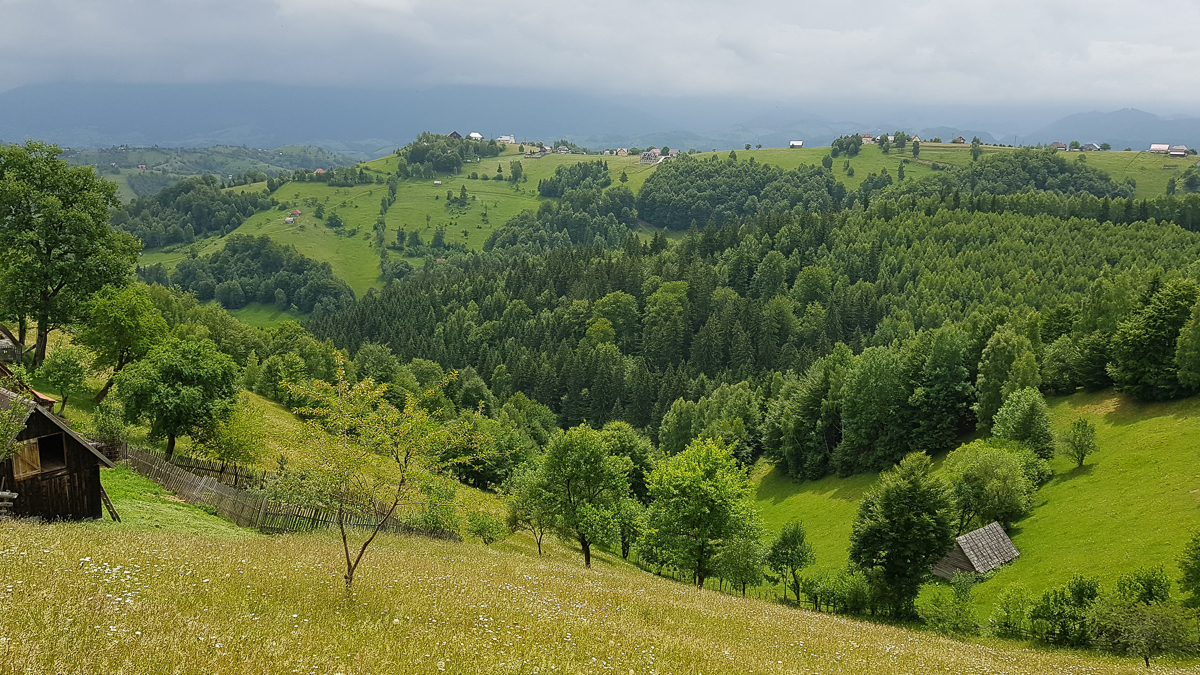
If you decide to visit Sirea, you can also check out a number of sights in the area, such as: Piatra Craiului National Park, Dambovicioarei Gorges and cave, Moeciului Gorges, the Bats Cave from Pestera village, which is nearby and the Vidraru Lake.

Ciocanesti village
Ciocanesti or the “museum village”, as it’s known, is among the few villages in Romania that have retained their traditional architecture over time. The technology and modernization of the houses have not taken over this beautiful mountain village and failed to affect the rustic atmosphere of the locality.
The name of Ciocanesti comes from the time when the villagers used to make weapons and armor for the armies of Moldavian voivodes. The legend says that Stephen the Great (Stefan cel Mare)would have set the building site of the Putna Monastery in Moldavia by releasing in the air an arrow made by the people of Ciocanesti village.
In the village located on the Bistrita Valley you will find something quite original – the painted houses. The custom of these houses painted with traditional motifs appeared in 1950 and was started by the Taran family. At this time, the family home can be visited by tourists, known as the Leonida Taran Museum House.
Viscri
You have certainly heard the name of this village in Brasov at least once in your life. Viscri is where Prince Charles has bought a house and relaxes every time he comes for a short visit in Romania. In the Saxon village of about 1,000 people is one of the oldest Saxon churches, which is why it was included in the UNESCO World Heritage list.
The people here also initiated a very interesting project, “Natural Wool Socks from Viscri”. The crocheted socks made from old wool sweaters by the women in the village were initially exchanged for food, but in the meantime the custom was transformed into a real project: women in the village knit about 10,000 socks, gloves, hats, sweaters and textile slippers that are sent to a warehouse in Germany where they are sold across the country.
If you get to village, don’t forget to enjoy some of the local dishes, such as the chicken soup with noodles, homemade bread and lots of jams. Few people know about the Viscri jam, officially launched in 2012 in Paris. The French can buy it with a bag and a silver teaspoon, but you can get it for a smile directly from the source, as the villagers of Viscri are very generous.
Rimetea
The Transylvanian village of Rimetea is where the sun rises twice in the sky. Locals support this affirmation because the village is surrounded by steep slopes, giving the feeling that the sun appears twice. Rimetea is the ideal place for hiking tours enthusiasts and paragliding.
Among the sights in the Transylvanian village area is the Coltesti Fortress, built in the 13th century, the Water Mill, the Unitarian Church, the Szekler Rock (also called the Sleeping Ginat, because at night it looks like a giant lying on the back) and the so-called rock tombs, unique in Romania.
Botiza
In the heart of Maramures region, on the Iza Valley, a fairytale land is waiting for you, inhabited by people who defy the time that passes by so quickly.
Botiza was first documented in 1373 under the name of Batizha and, besides the beauty of the places that will surely delight you; you can also visit the Botiza Monastery or the Borcut mineral spring. Once here, you can also visit Barsana, another village that people from Maramures are proud of and which is as picturesque as Botiza.
If you want to enjoy some other biking adventures in Romania, take a look at our Transylvania Biking Tour, or you can look up other recommendations for outdoor activities in Romania. In addition, if you would like to explore Romania’s rural side further, consider visiting some of Romania’s most beautiful villages.


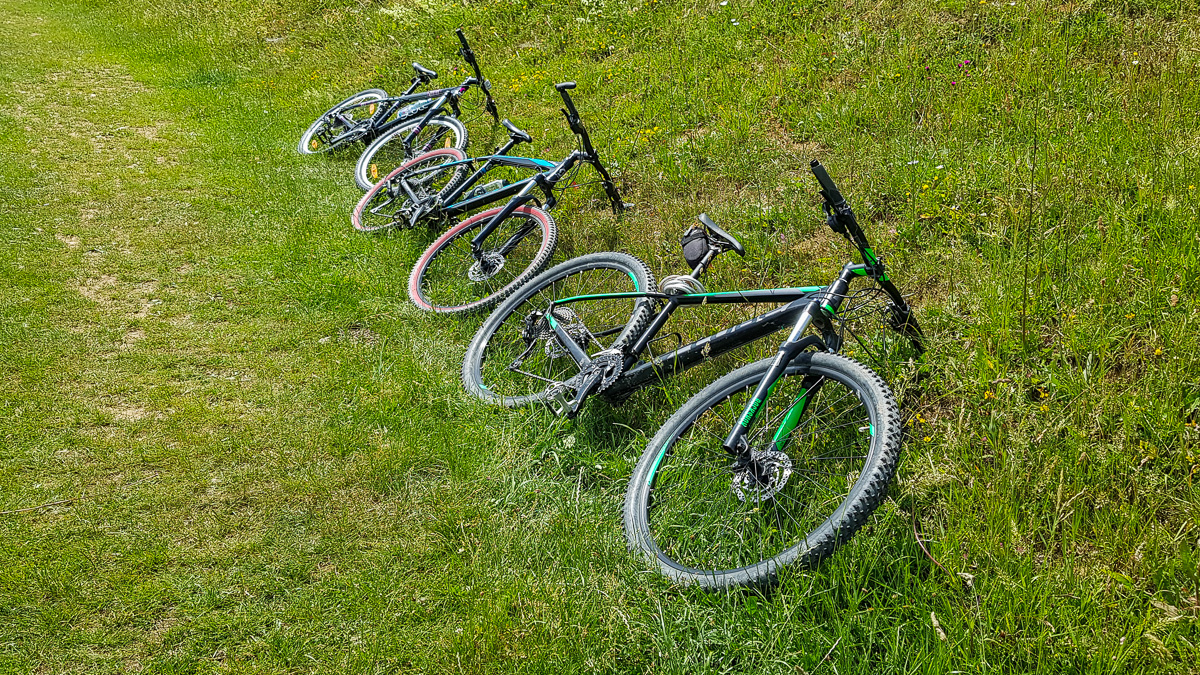
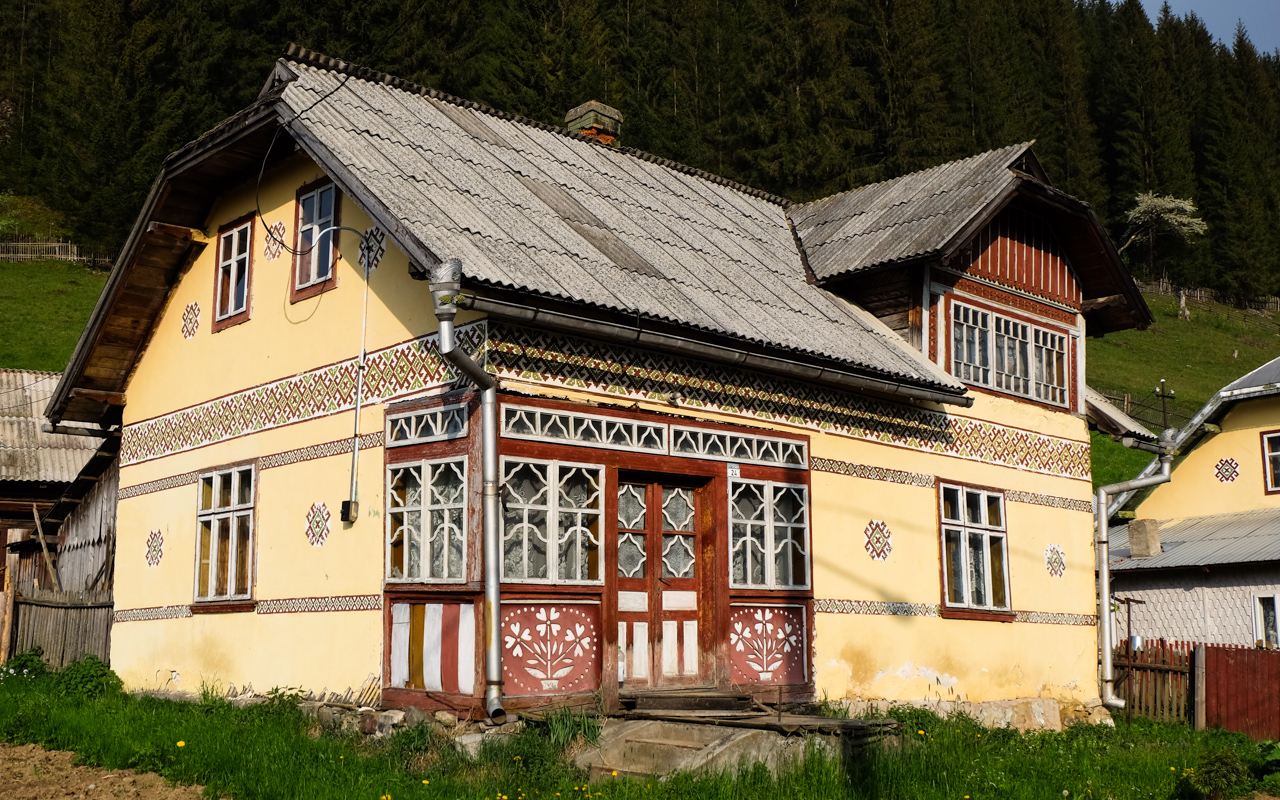
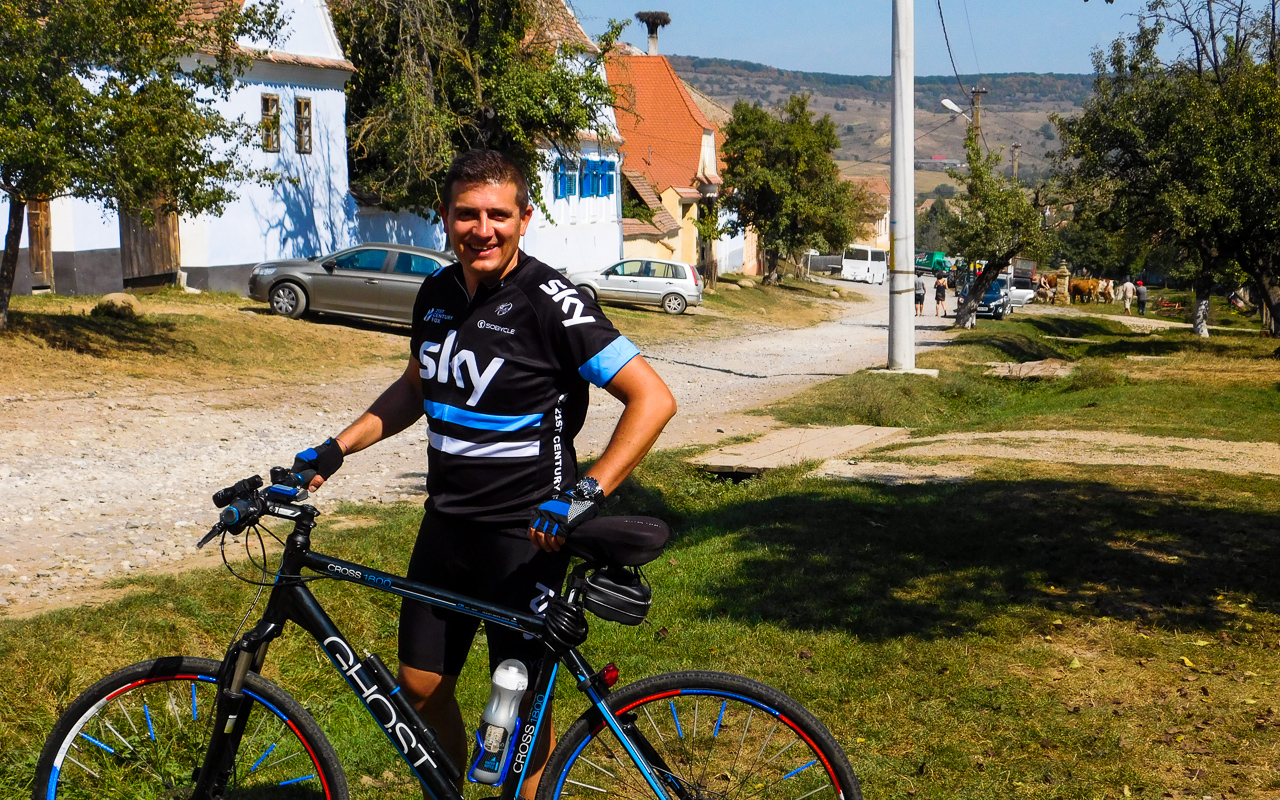

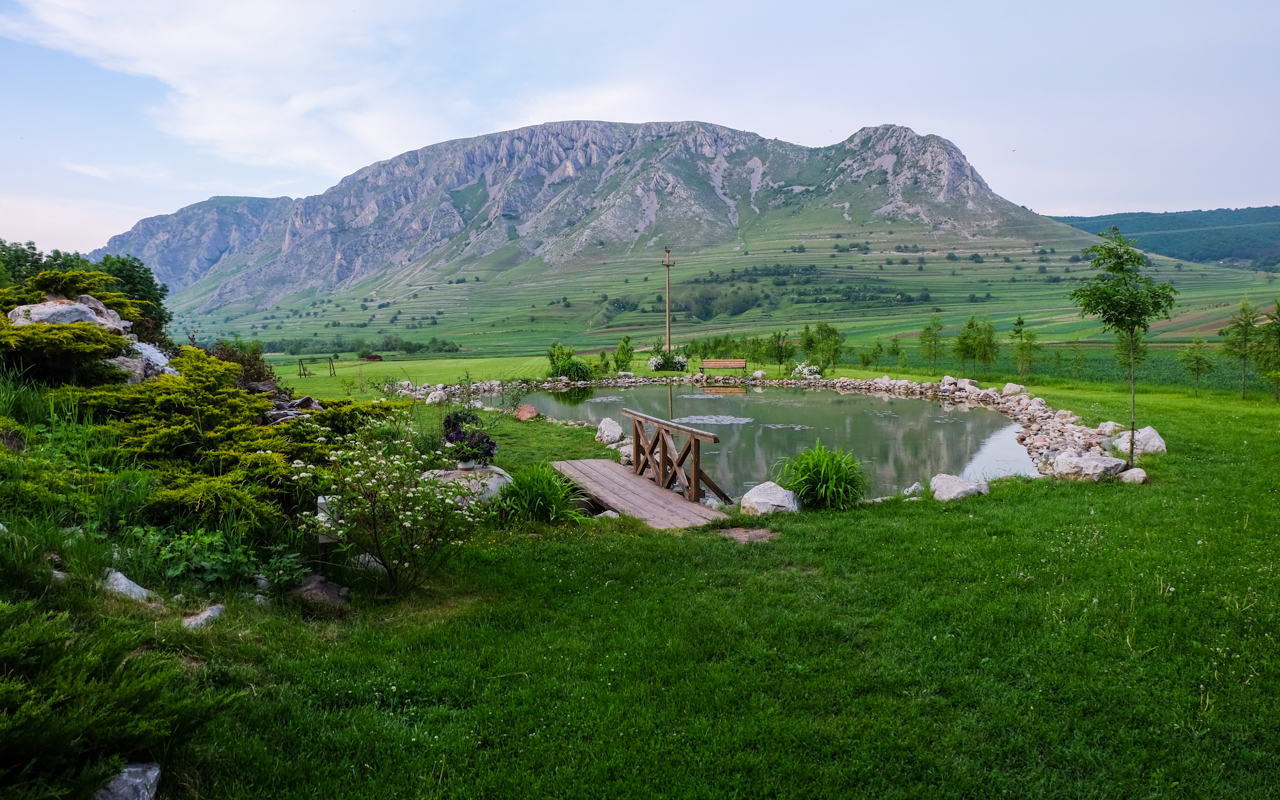
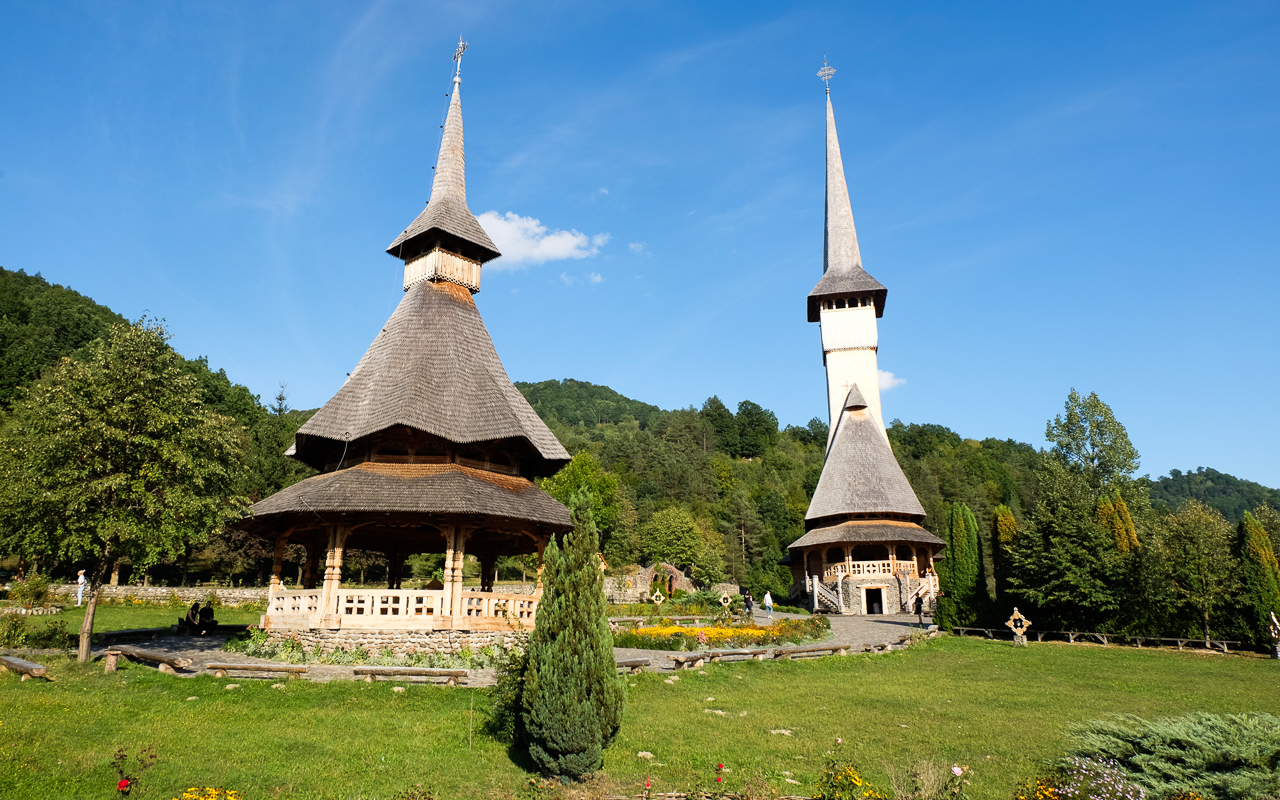
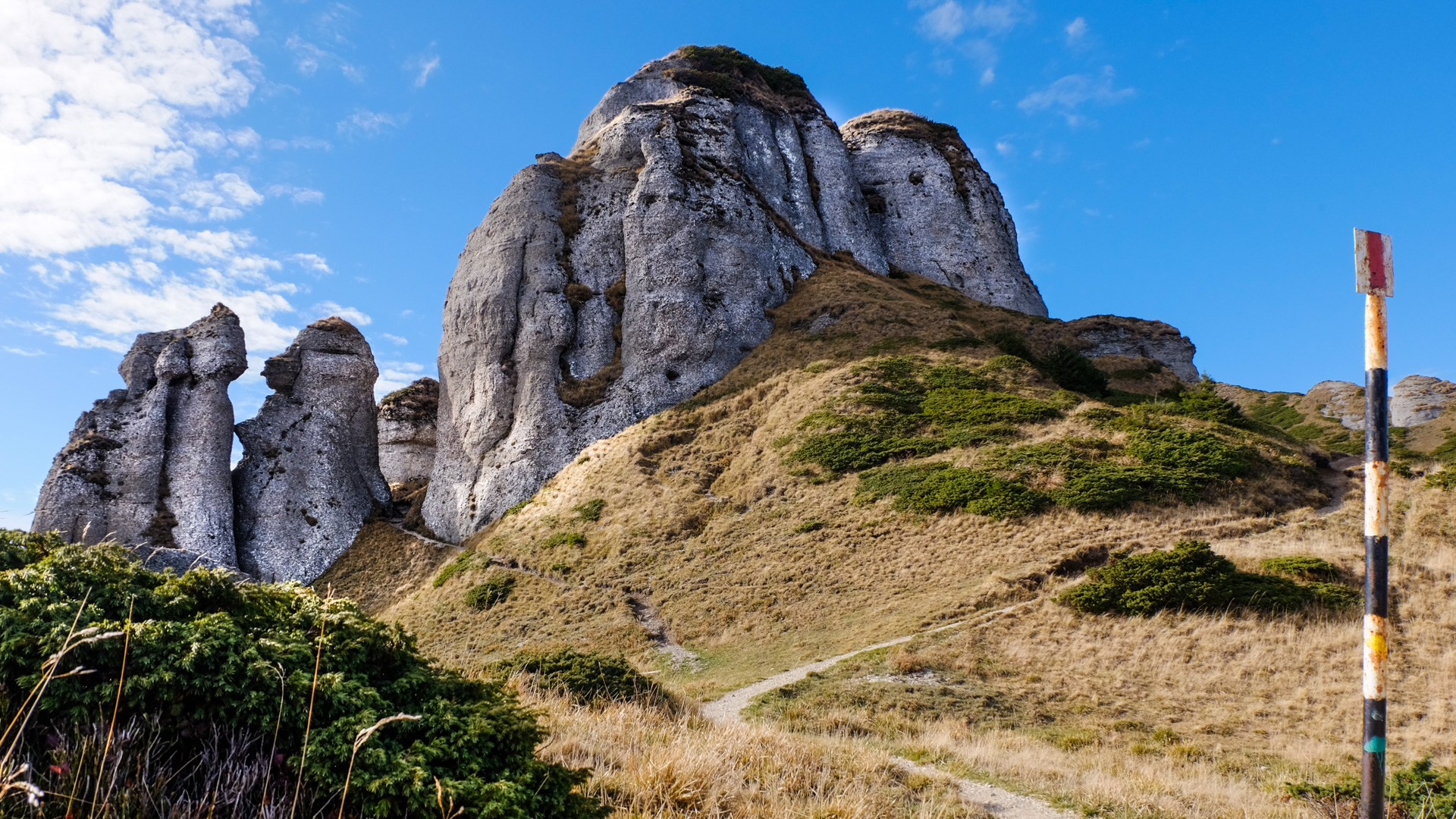
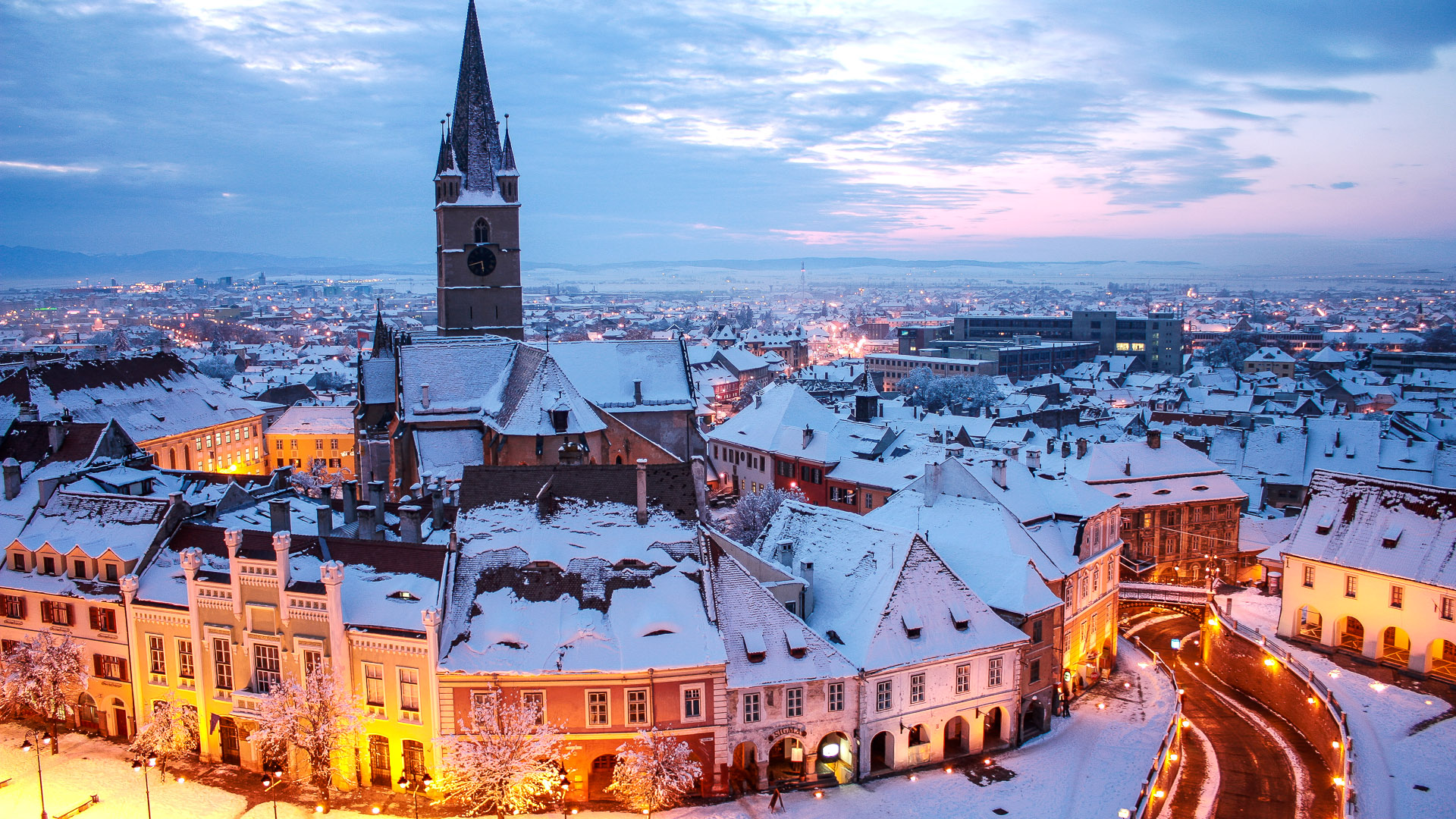
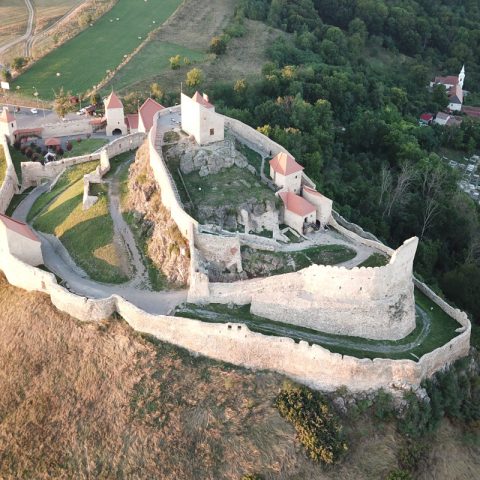
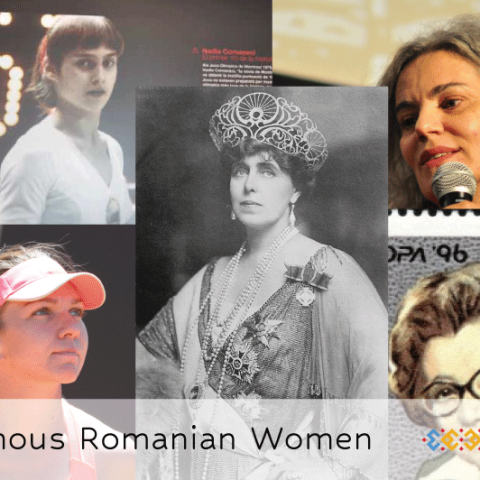











Leave a Reply